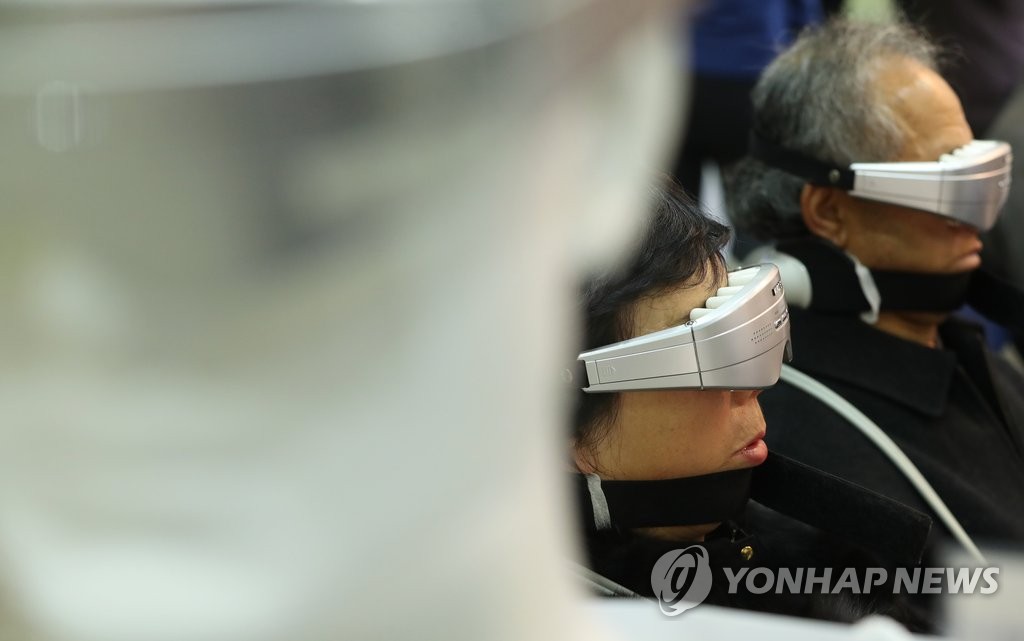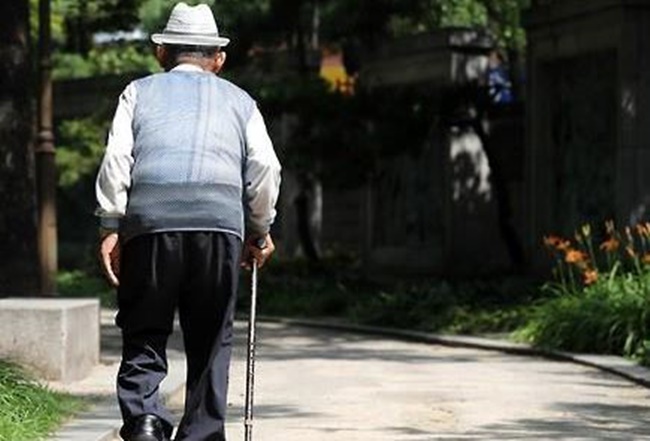
Those in the top 20 percent income bracket have both a higher life expectancy and a higher healthy life expectancy, the report from the Korean Society for Equity in Health has revealed. (Image: Yonhap)
SEOUL, Mar. 26 (Korea Bizwire) — Wealthy South Koreans are healthier and live significantly longer than poor people in every city across the country, according to a new report.
Those in the top 20 percent income bracket have both a higher life expectancy and a higher healthy life expectancy, the report from the Korean Society for Equity in Health has revealed.
The gap between the top 20 percent and the bottom 20 percent was the biggest in Cheorwon County, with wealthy individuals living 11.4 years more on average, while the figure stood at 5.9 years in Seoul.
In Seoul, inhabitants of Gangnam District, one of the richest neighborhoods in the city, lived on until 84.8 years, while the average life expectancy for those in Geumcheon District was estimated at 81.7 years.
The health gap between the rich and poor was the highest in Jung District, standing at 8.8 years.
Seoul boasted the highest life expectancy among the 17 cities in the country, with the residents of the capital living until 83.3 years of age on average. City residents also boasted the longest healthy life expectancy in the country at 69.7 years.

Wealthy South Koreans are healthier and live significantly longer than poor people in every city across the country, according to a new report. (Image: Yonhap)
In the meantime, South Jeolla Province had the lowest life expectancy, at 80.7.
The study was based on data from the National Health Insurance Service between 2010 and 2015, as well as Community Health Surveys between 2008 and 2014.
M.H.Lee (mhlee@koreabizwire.com)






